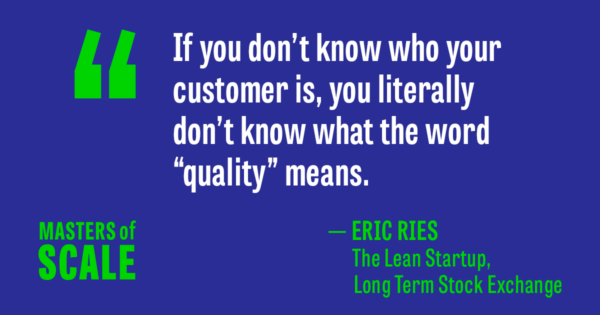How do you create a product when the ground is shifting every day? Test. Measure. Repeat.

The first half of 2020 has shaken a lot of assumptions – not least of which, assuming that having a forward plan will always pay off. Didn’t we all have a strategic plan for 2020? Are any of us working that plan now?
As our societies react to global medical, social, and economic changes, the organizations that succeed are those that can shift away from the plans they’d once made. These are the companies and groups who look for a need, then try something new to fill that need, watch how it goes, measure the results, and try again. Panera Bread opened an online grocery store, Jen Pahlka, and Raylene Yung, spun up US Digital Response, ANA Therapeutics pivoted to focus on a promising new treatment, and GM plants switched to making ventilators. None of these were snap decisions, and all of them took time to get right. Throughout these stories, the common theme that emerges and links them all is the notion of being able to “pivot” in the way businesses understand it today.
(Listen to these stories and others on a new episode of Masters of Scale where Eric speaks to Reid Hoffman about establishing your measure of success, then experimenting, improving, and repeating the process over again in a continuous loop.)

When Eric Ries coined the term “pivot,” he meant it as a change in strategy without a change in vision
That’s going to be the key to riding out the rest of 2020 and beyond. You might have walked into 2020 with a strategy and a vision. But right now, it’s likely that many aspects of what you need to execute that strategy — logistics, suppliers, customers — aren’t available to you, or anyone. All you’ve got right now is the vision for what your company should be, and should do, for now, and as long into the future as you can imagine.
As Brian Chesky once said: “I like to ask entrepreneurs, why do you deserve to exist? Why does your company deserve to exist? It’s kind of a hard answer.”
Your job now is to understand that “why,” that vision – to communicate it, and to match it with the realities you see around you. Not to look backward and mourn the grand plan you once had. But to pivot, as swiftly as you can, to a place where your vision and the work you do best serve the needs of this extraordinary moment in time. And try, test, measure, repeat.

